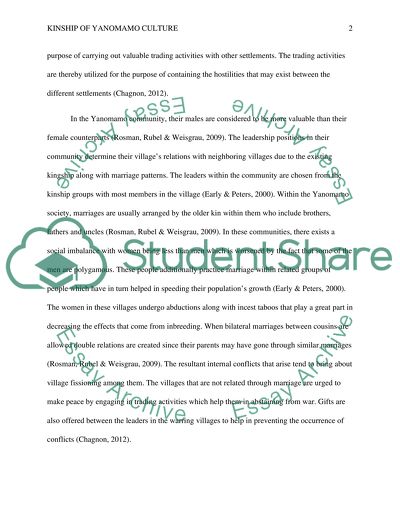Cite this document
(“Kinship System of Yanomamo Culture Research Paper”, n.d.)
Retrieved de https://studentshare.org/anthropology/1453827-kinship-system-of-yanomamo-culture
Retrieved de https://studentshare.org/anthropology/1453827-kinship-system-of-yanomamo-culture
(Kinship System of Yanomamo Culture Research Paper)
https://studentshare.org/anthropology/1453827-kinship-system-of-yanomamo-culture.
https://studentshare.org/anthropology/1453827-kinship-system-of-yanomamo-culture.
“Kinship System of Yanomamo Culture Research Paper”, n.d. https://studentshare.org/anthropology/1453827-kinship-system-of-yanomamo-culture.


